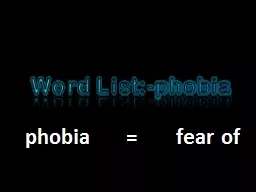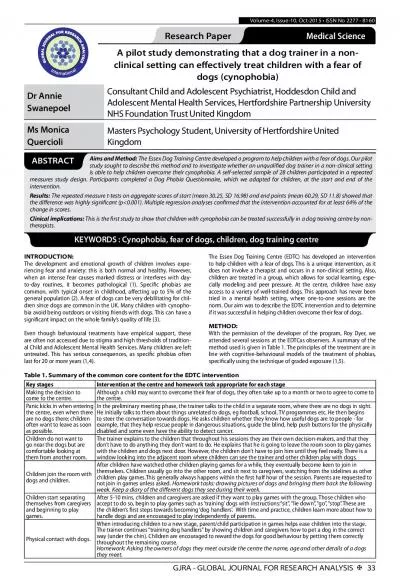PDF-Fear of Strangers in Dogs
Author : jacey | Published Date : 2022-09-21
Assessment and Clinical Therapy Stranger Phobia in Shelt er Dogs Melissa Chism BA Todd Wiebers PhD Department of Psychology Stranger phobia is an intense negative
Presentation Embed Code
Download Presentation
Download Presentation The PPT/PDF document "Fear of Strangers in Dogs" is the property of its rightful owner. Permission is granted to download and print the materials on this website for personal, non-commercial use only, and to display it on your personal computer provided you do not modify the materials and that you retain all copyright notices contained in the materials. By downloading content from our website, you accept the terms of this agreement.
Fear of Strangers in Dogs: Transcript
Download Rules Of Document
"Fear of Strangers in Dogs"The content belongs to its owner. You may download and print it for personal use, without modification, and keep all copyright notices. By downloading, you agree to these terms.
Related Documents














